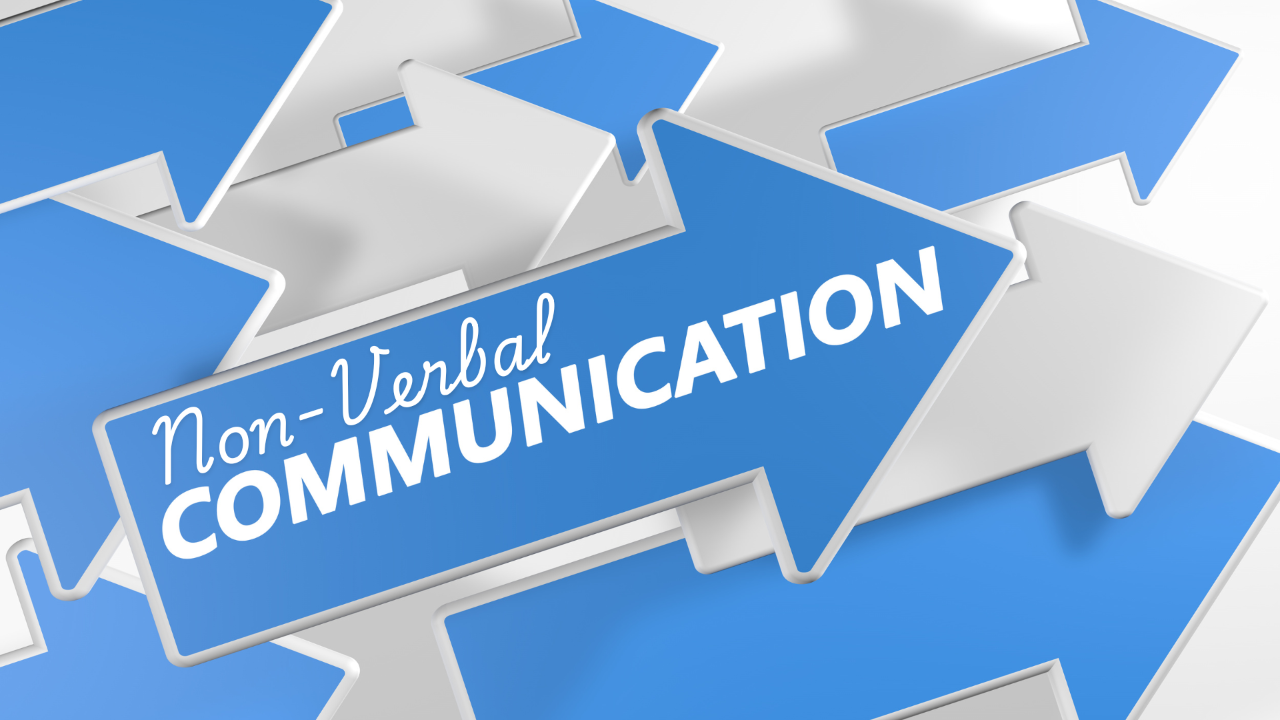
Beyond Words: Enhancing Your Leadership Presence with Non-Verbal Communication
The art of communication is often touted as the key to climbing the corporate ladder.
However, while much focus is placed on verbal skills, it's the subtle art of non-verbal communication that can truly set a leader apart. In this article, we delve deep into the nuances of non-verbal cues and their monumental impact on career progression.
What is Non-Verbal Communication?
At its core, non-verbal communication involves the transmission of messages without the use of words. These messages are sent through body language, facial expressions, gestures, and even the physical distance between the communicators.
According to a popular concept in communication theory, a staggering 55% of communication is transmitted non-verbally, overshadowing the 7% that relies on words alone.
Why Focus on Non-Verbal Communication?
Effective non-verbal communication skills are a cornerstone of leadership. They enhance the ability to convey confidence, empathy, and assertiveness in the workplace. For tech industry professionals, where innovation and rapid decision-making are highly sought-after, these skills can distinguish a capable leader from an outstanding one.
Breaking Down Non-Verbal Communication: The 3 C's Model by Jeff Thompson
To truly harness the power of non-verbal cues, one must understand the "3 C's": Context, Clusters, and Congruence. This model encourages a holistic view of non-verbal behavior, which helps in accurately interpreting underlying messages and intentions.
➡️Context involves understanding the setting of the communication, such as the relationship between the individuals involved.
➡️Clusters mean looking at groups of behaviors rather than a single action to get a clearer picture of a person's feelings or attitude.
➡️Congruence checks if the body language aligns with the verbal message being sent. Inconsistencies here can reveal unspoken stress, untruths or disagreement.
Practical Non-Verbal Skills for Career Advancement
- Master Your Body Language
💥Posture and Movement: A straight posture and purposeful movements exude confidence and command respect. Conversely, slouching or excessive fidgeting can signal insecurity.

💥Facial Expressions: Being conscious of your expressions can help in maintaining an approachable yet authoritative demeanor. For instance, a simple smile can foster goodwill among team members.
- Effective Use of Gestures
💥Hand Gestures: Utilize open gestures to suggest inclusiveness and acceptance. Avoid pointing fingers, which can be perceived as aggressive. Instead, use your whole hand to emphasize points during discussions.
- Honing Your Voice Tonality
💥Vocal Exercises: Vary your tone to keep your audience engaged. Practice speaking from your diaphragm to project your voice clearly and confidently across the room.
Key Takeaways for Aspiring Leaders
💎Non-verbal Communication is Crucial: It accounts for more than half of all communication in professional settings.
💎Use Gestures Wisely: They can reinforce your spoken words and help convey your message more effectively.

💎Maintain Good Posture: It signals confidence and helps maintain an aura of authority and approachability.
💎Facial Expressions Matter: They provide cues about your emotional state and can influence how others perceive you.
💎Voice Matters: Modulating your tone can significantly impact the clarity and reception of your message.
💎Practice Makes Perfect: Regularly practicing these skills can improve your non-verbal communication, making it a powerful tool in your leadership arsenal.
💎Seek Feedback: Always be open to feedback on your body language as well as your verbal communication skills to continuously improve.
Mastering the art of non-verbal communication can be your key to unlocking new opportunities and achieving career growth. Remember, it’s not just what you say, but how you say it that defines your leadership. Embrace these non-verbal techniques to enhance your professional interactions and leave a lasting impression on your colleagues and superiors.





